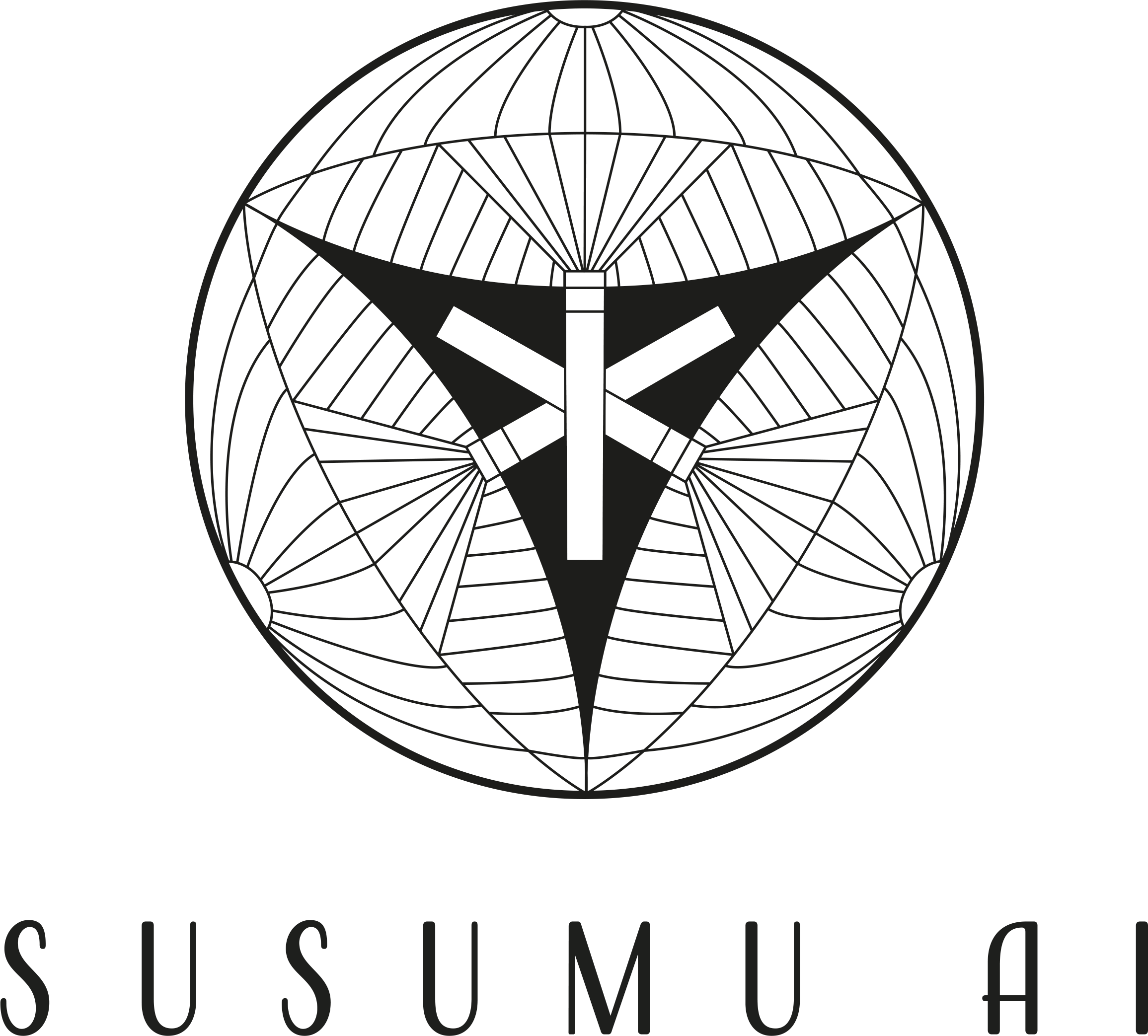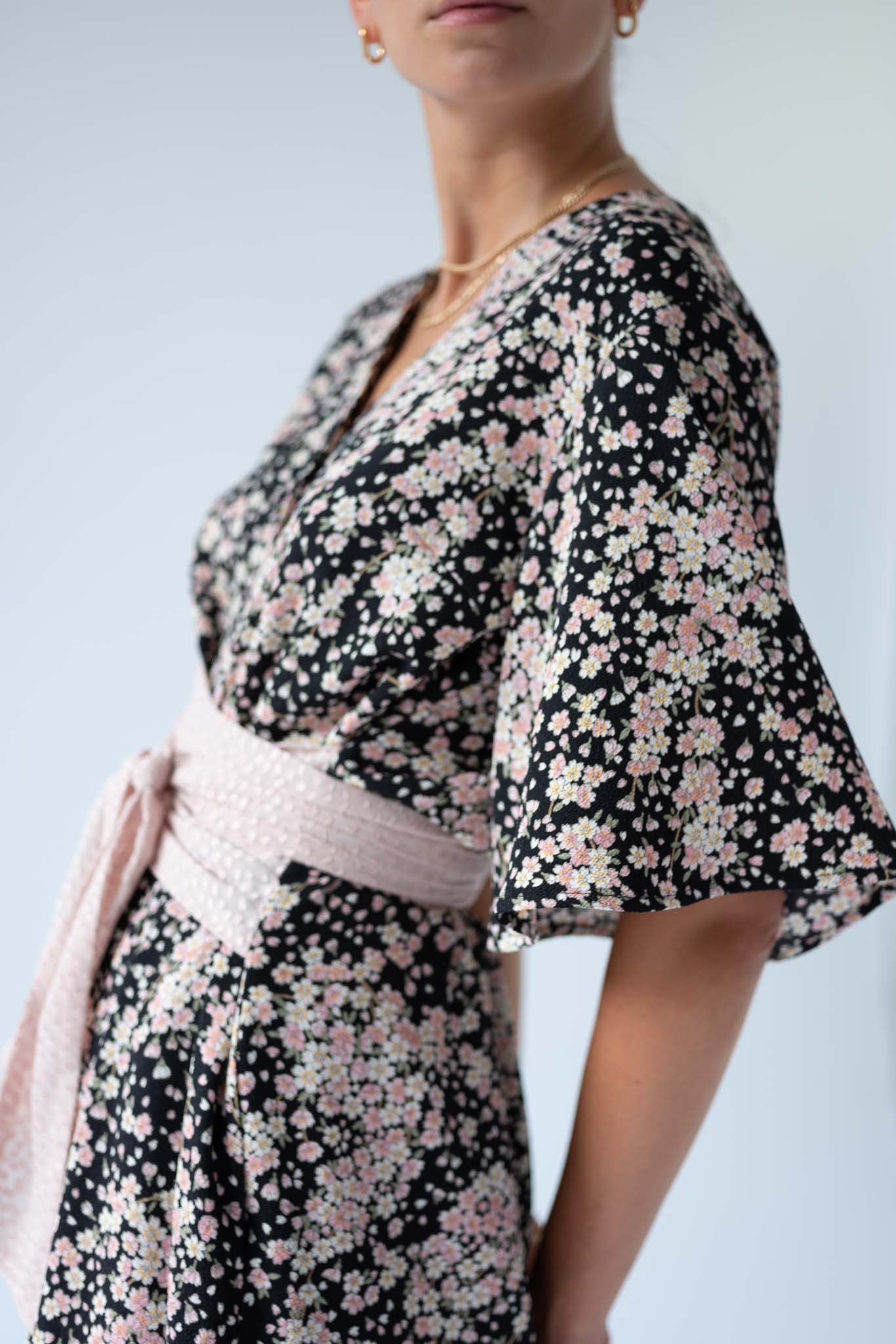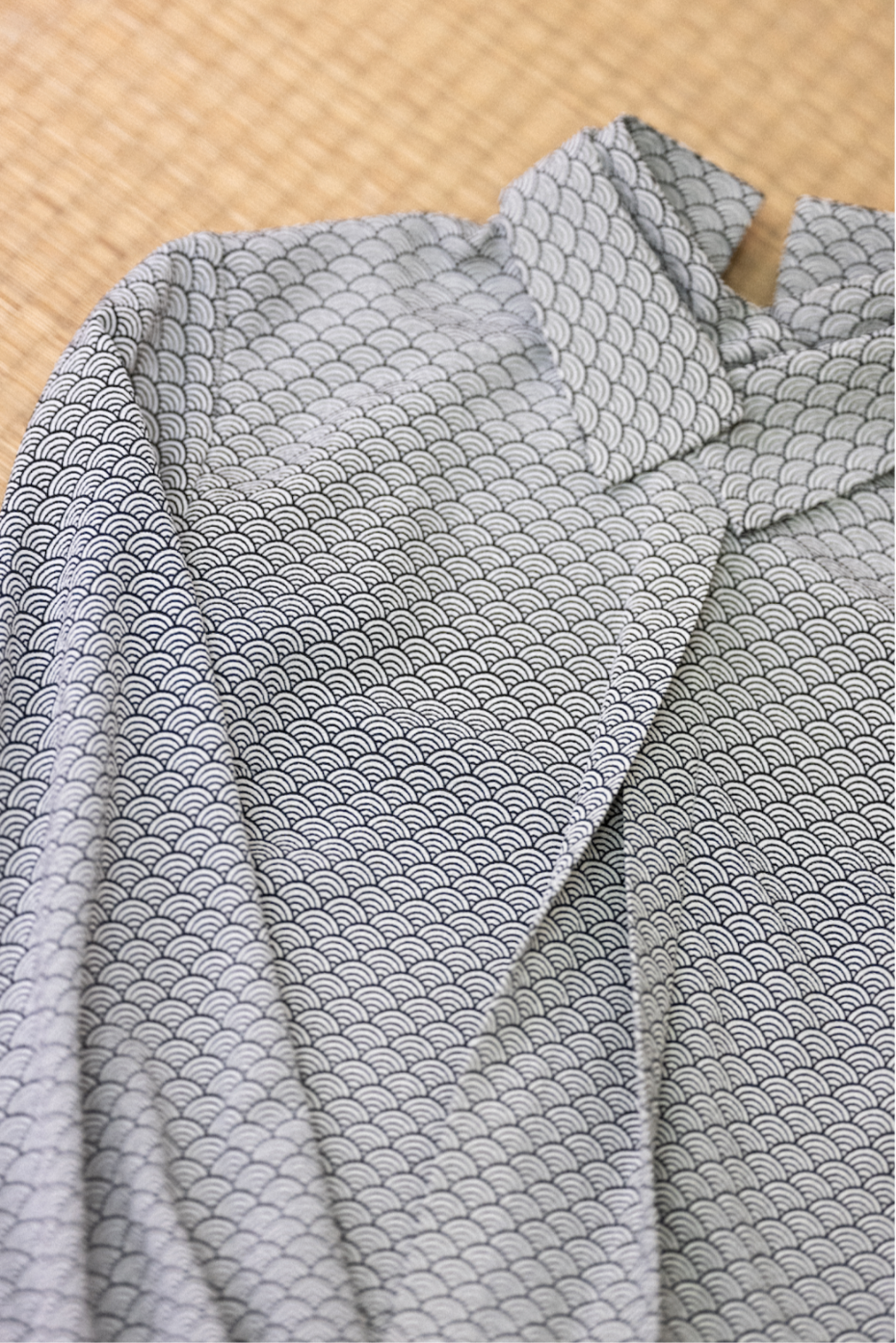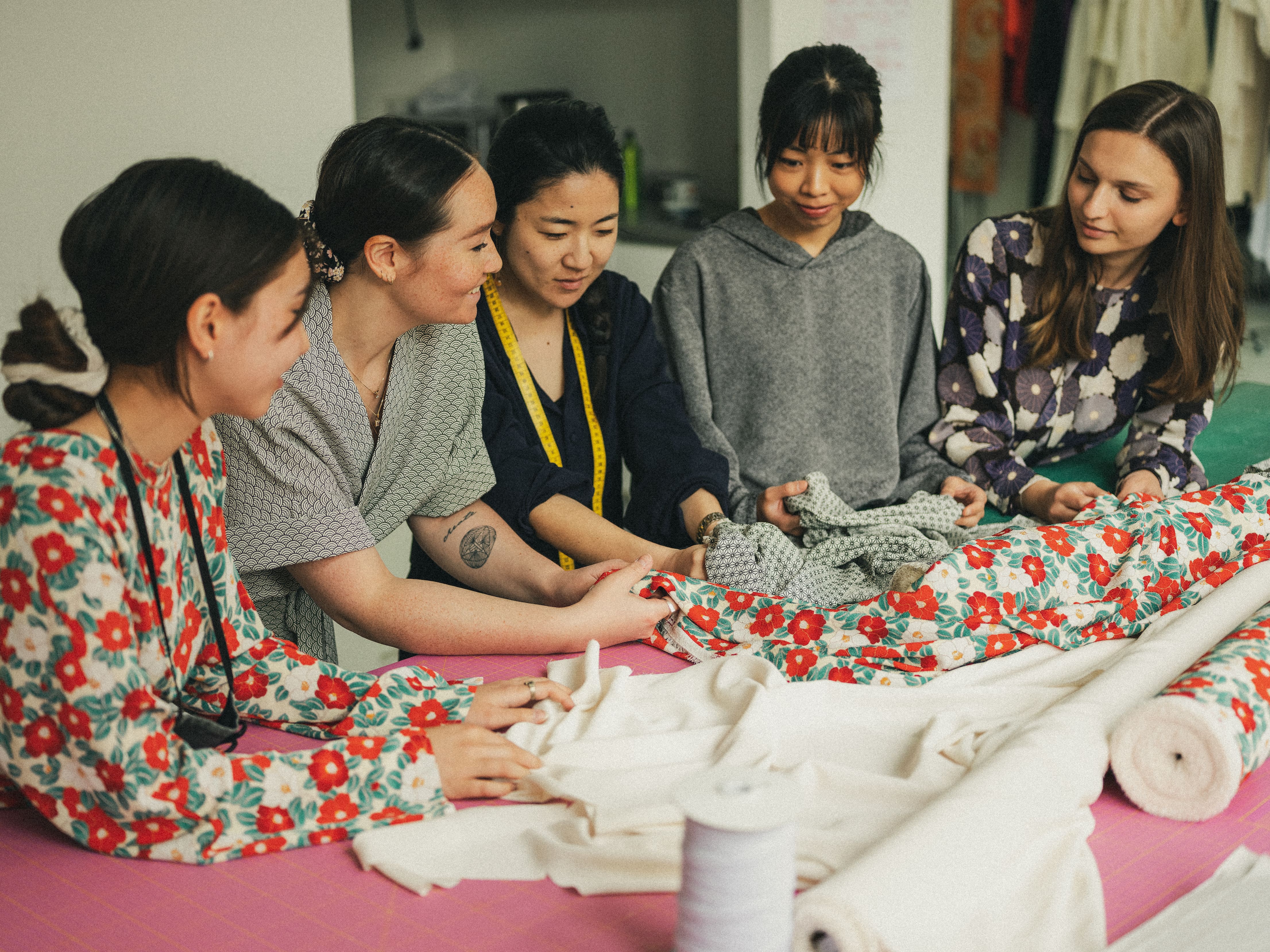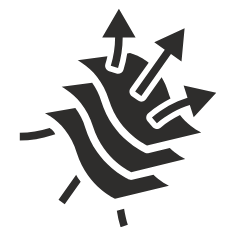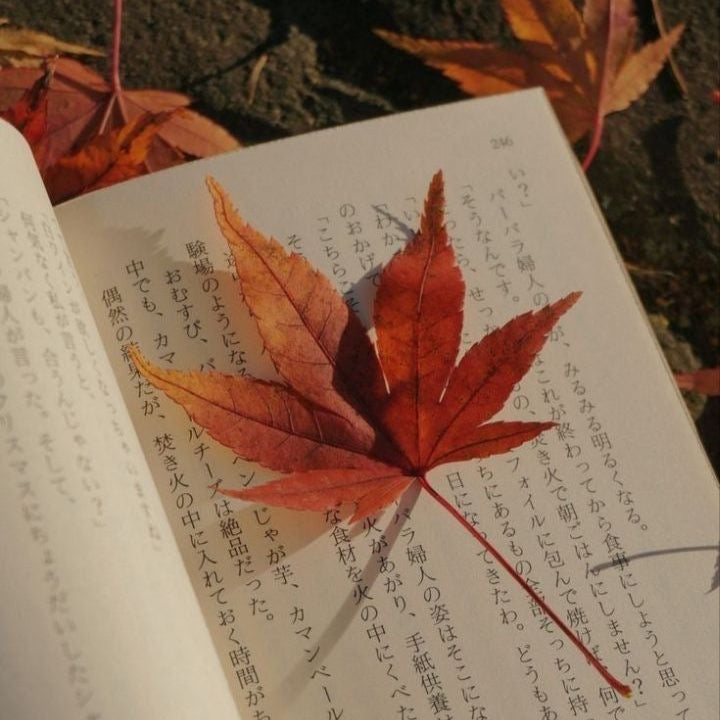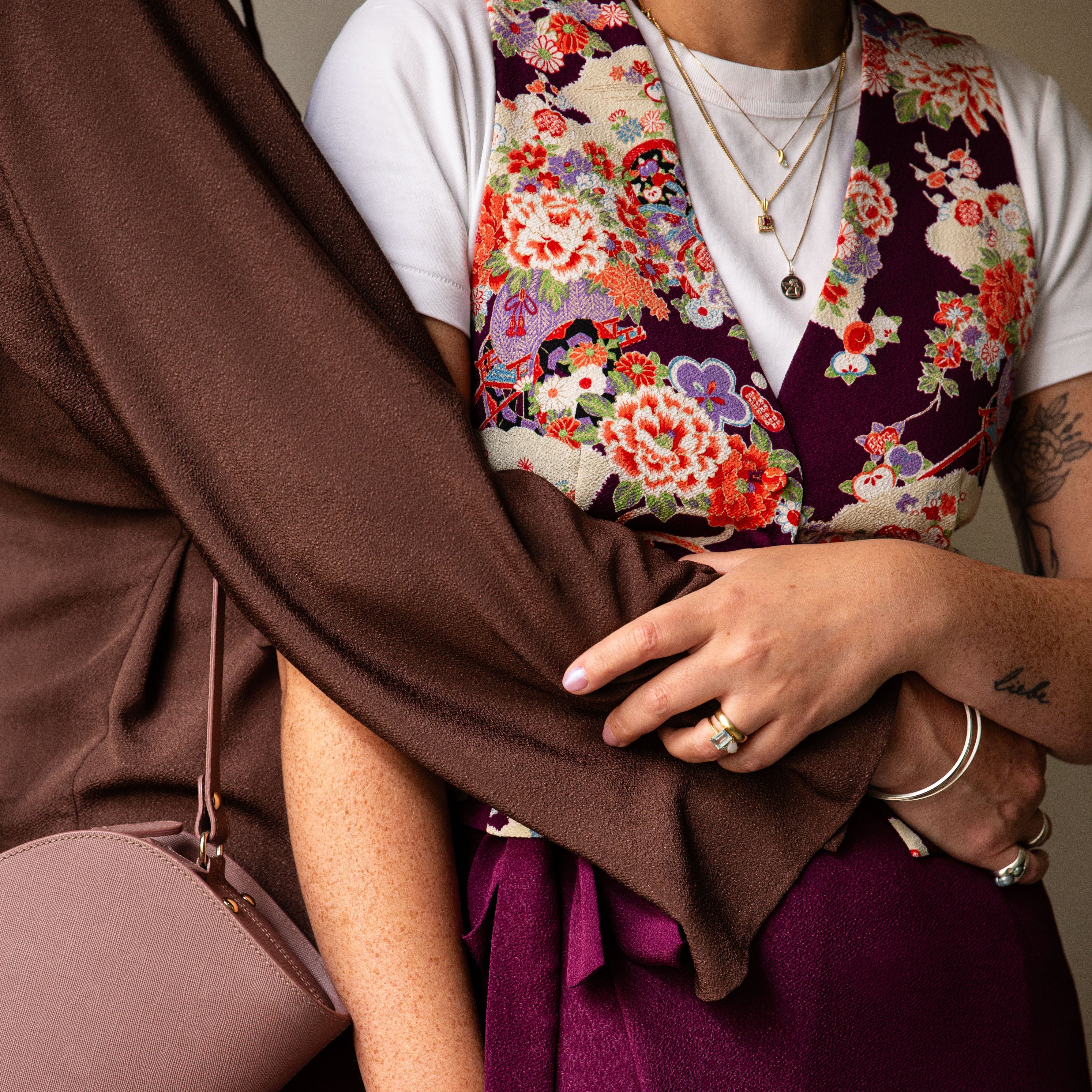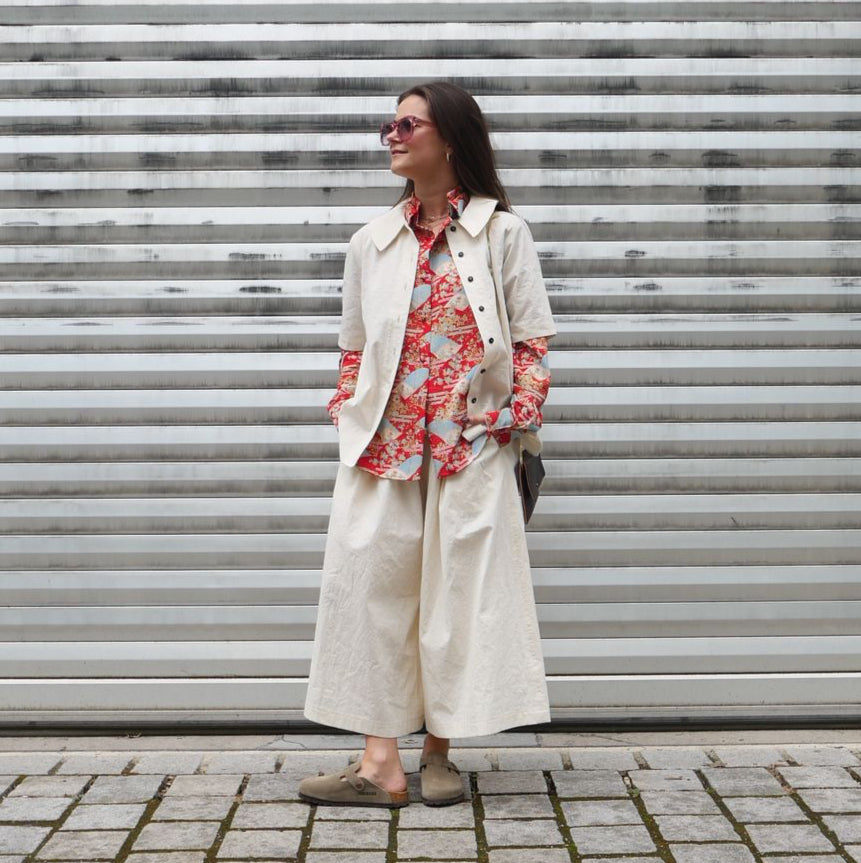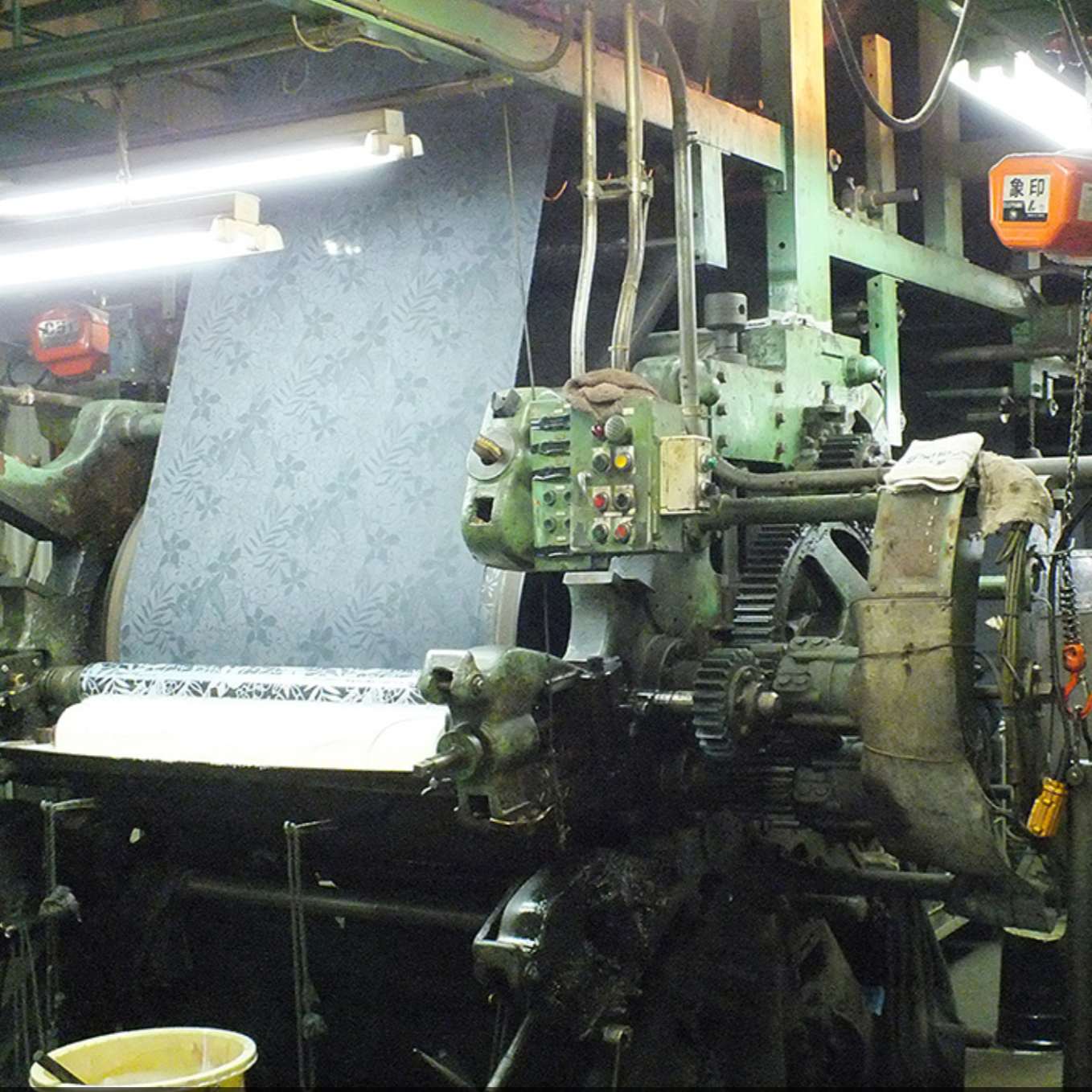
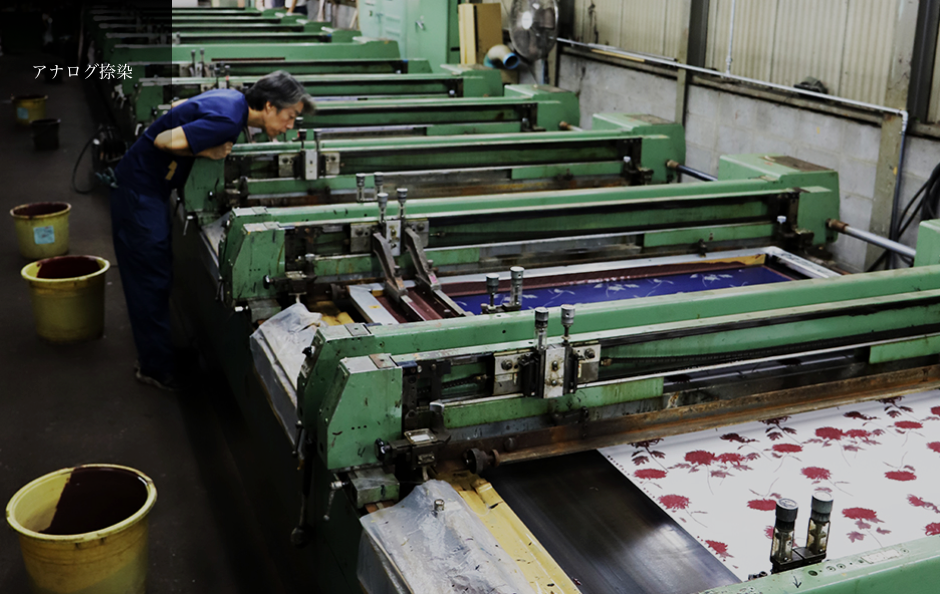
Fabric & material
Where Tradition Meets Innovation
Every SUSUMU AI piece begins with the fabric.
We source only from selected Japanese family owned mills, where craftsmanship and respect for material have been passed down for generations.
Our textiles are not only beautiful in appearance but also made to endure — combining elegance, comfort, and longevity.
Made in Osaka, printed in Kyoto.
One of our signature fabrics is Chirimen, a traditional Japanese crepe known for its subtle texture and remarkable durability.
Originally used for kimono, this viscose-based textile is woven with a unique twist technique, giving it its characteristic, slightly grainy surface.
It resists wrinkling, drapes beautifully, and reveals depth with every movement.
Chirimen embodies the essence of Japanese textile art — strength wrapped in softness.
Our fabrics are not only refined but functional:
Our fabrics
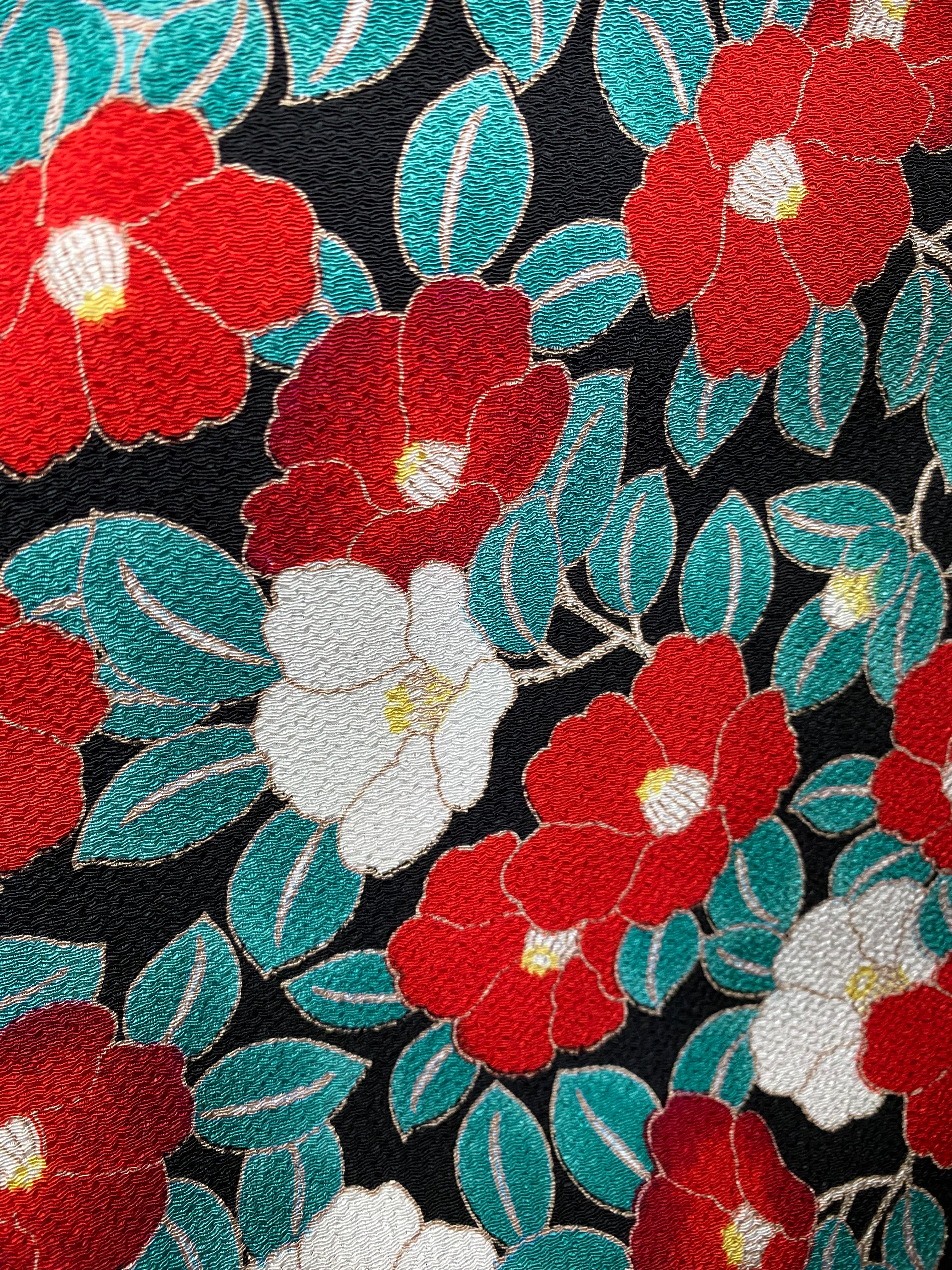
TSUBAKI
This is a beautiful flower often used in traditional Japanese patterns. It means "humility," "discretion," and "the perfect love."trusting us. Your story reminds us that love doesn’t follow a timeline — it creates its own.
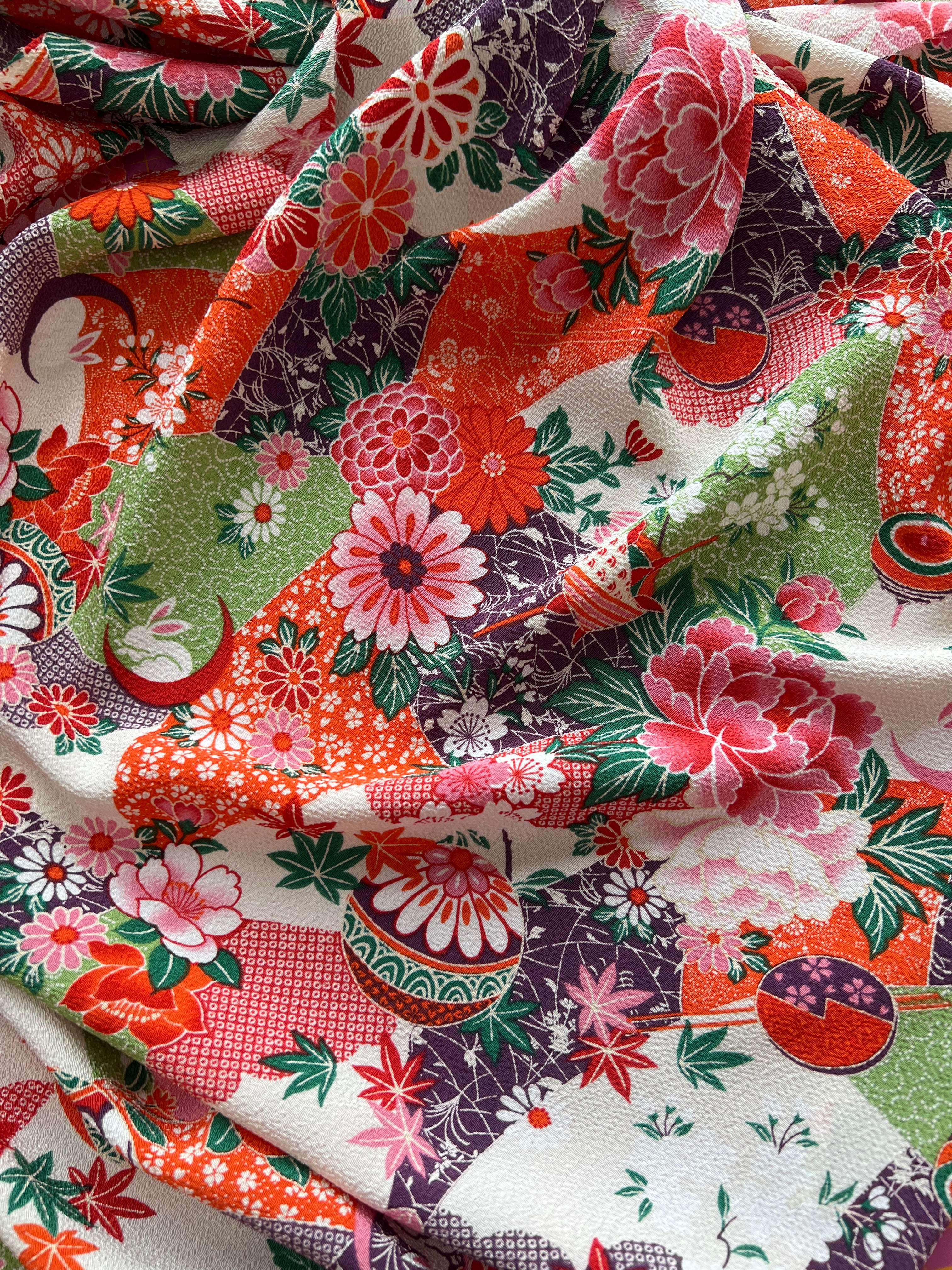
Moon & rabbit
The moon rabbit is more than a character in Japanese folklore. To many people, especially believers in Buddhism, the rabbit on the moon exists as a sign of rebirth and resurrection. It appears in traditional arts, literature, festivals, and celebrations like the mochi on Tsukimi festivals. People praying for success in their business or careers often see the sight of a white rabbit, either real or manmade, as a sign of good fortune.
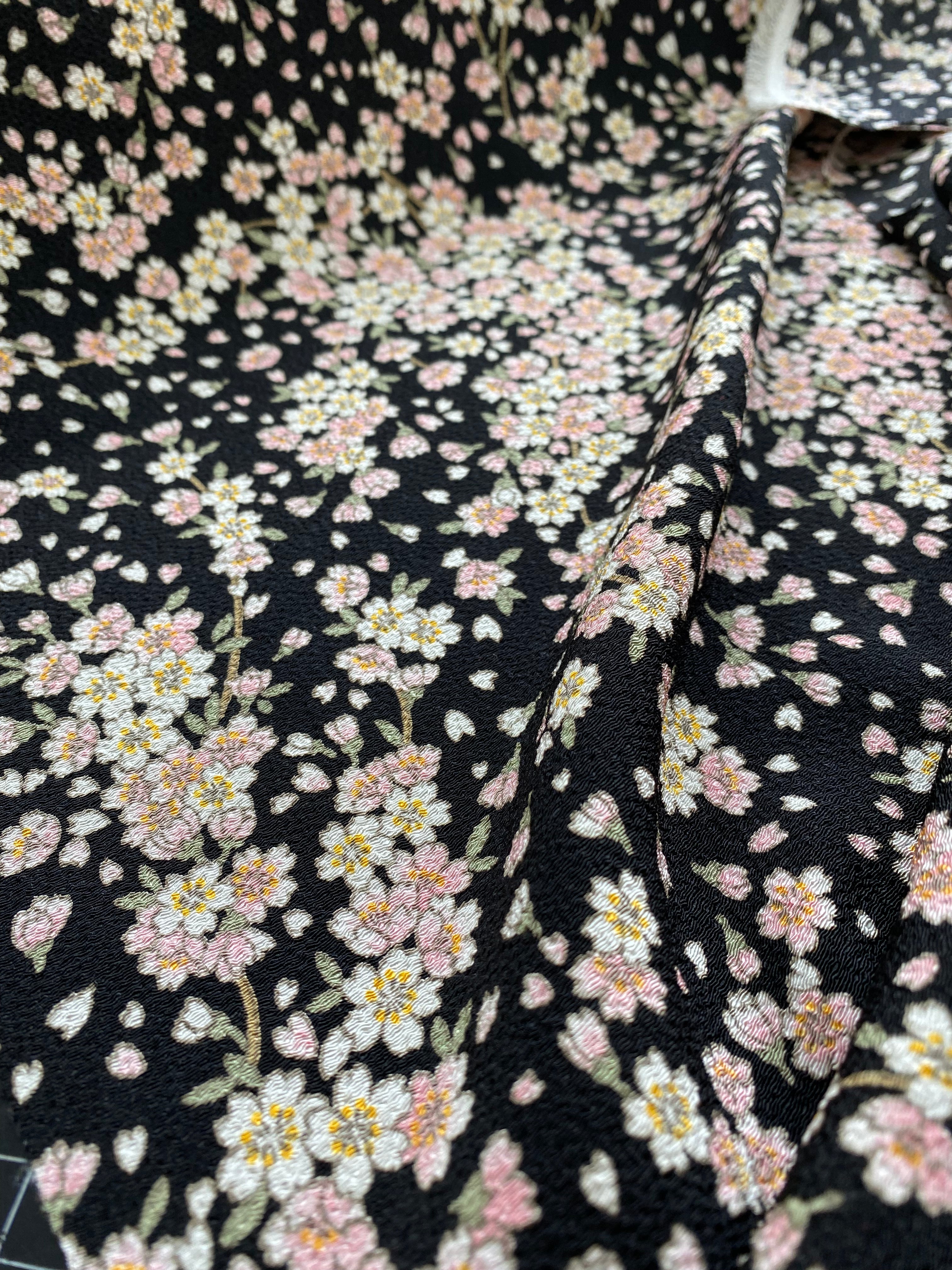
Sakurafubuki
The sakura's meaning is also contradictory. It symbolizes both life and death, beauty and violence. As the coming of spring promises new life, so the blooming of cherry blossoms brings a sense of vitality and vibrancy. At the same time, their short lifespan is a reminder that life is fleeting.
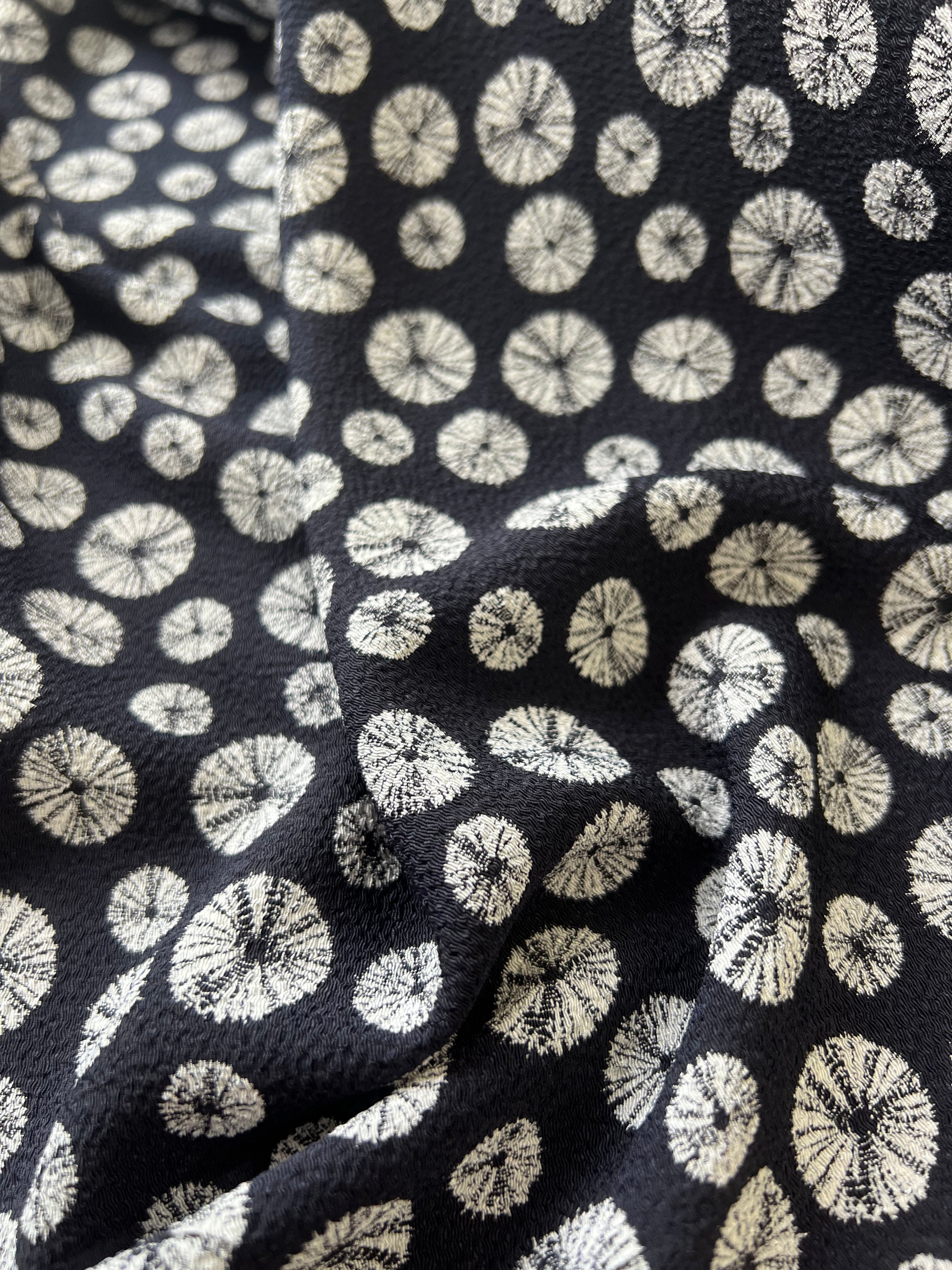
Shibori
The Japanese fabric technique Shibori involves binding, folding, sewing, or clamping fabric before dyeing to create patterns, with the word itself meaning "to wring, squeeze, or press".Shibori is a form of resist dyeing, where areas of the fabric are protected from the dye, resulting in intricate, textured designs that are unique to the process. The term shibori (絞る) comes from the Japanese verb shiboru, meaning "to wring," "to squeeze," or "to press".
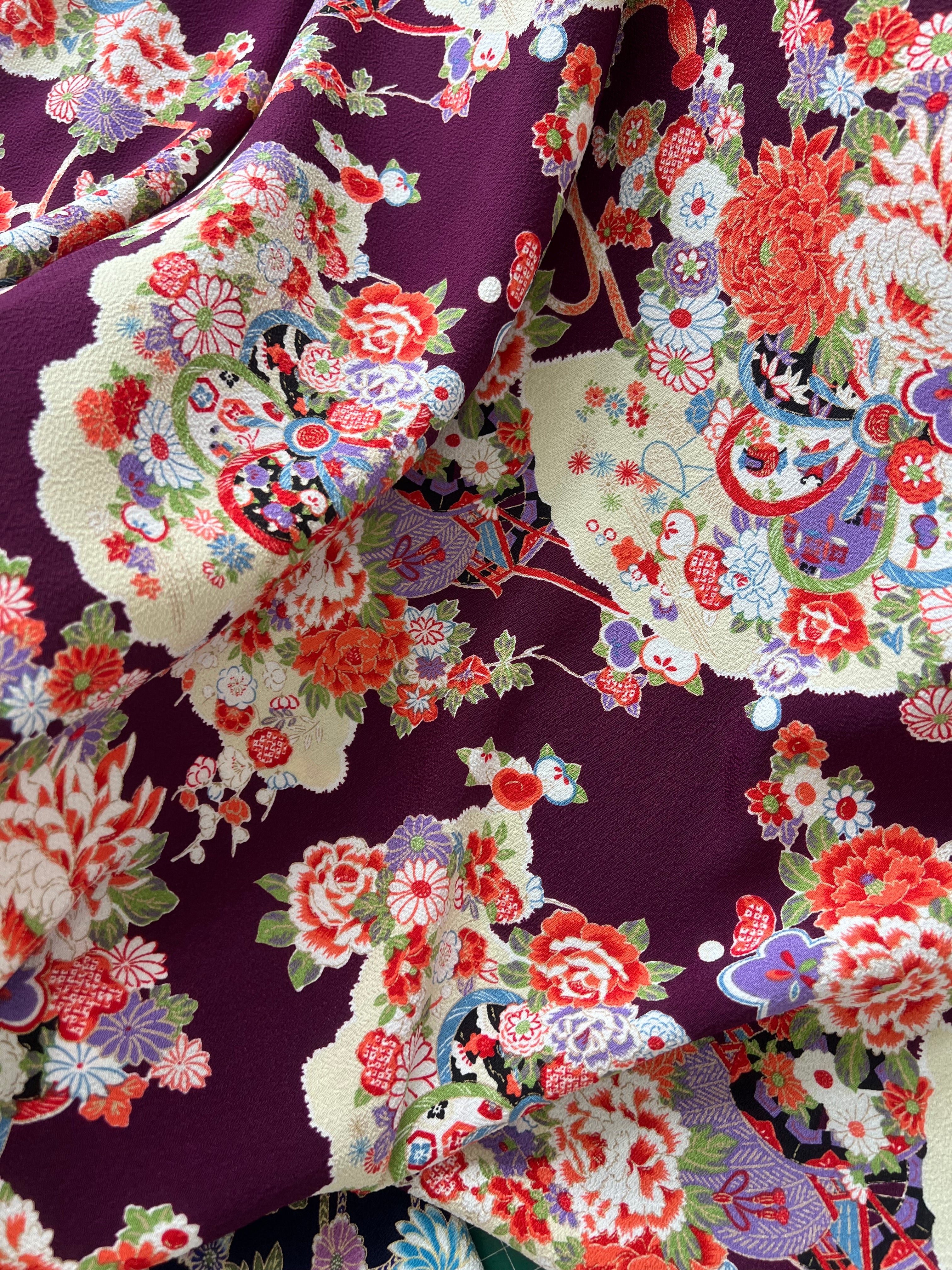
Yuuga (優雅)
„Kirschblüten-Schneesturm“ (fallender Blütenregen).
Vergänglichkeit, Pathos, Schönheit des flüchtigen Augenblicks.
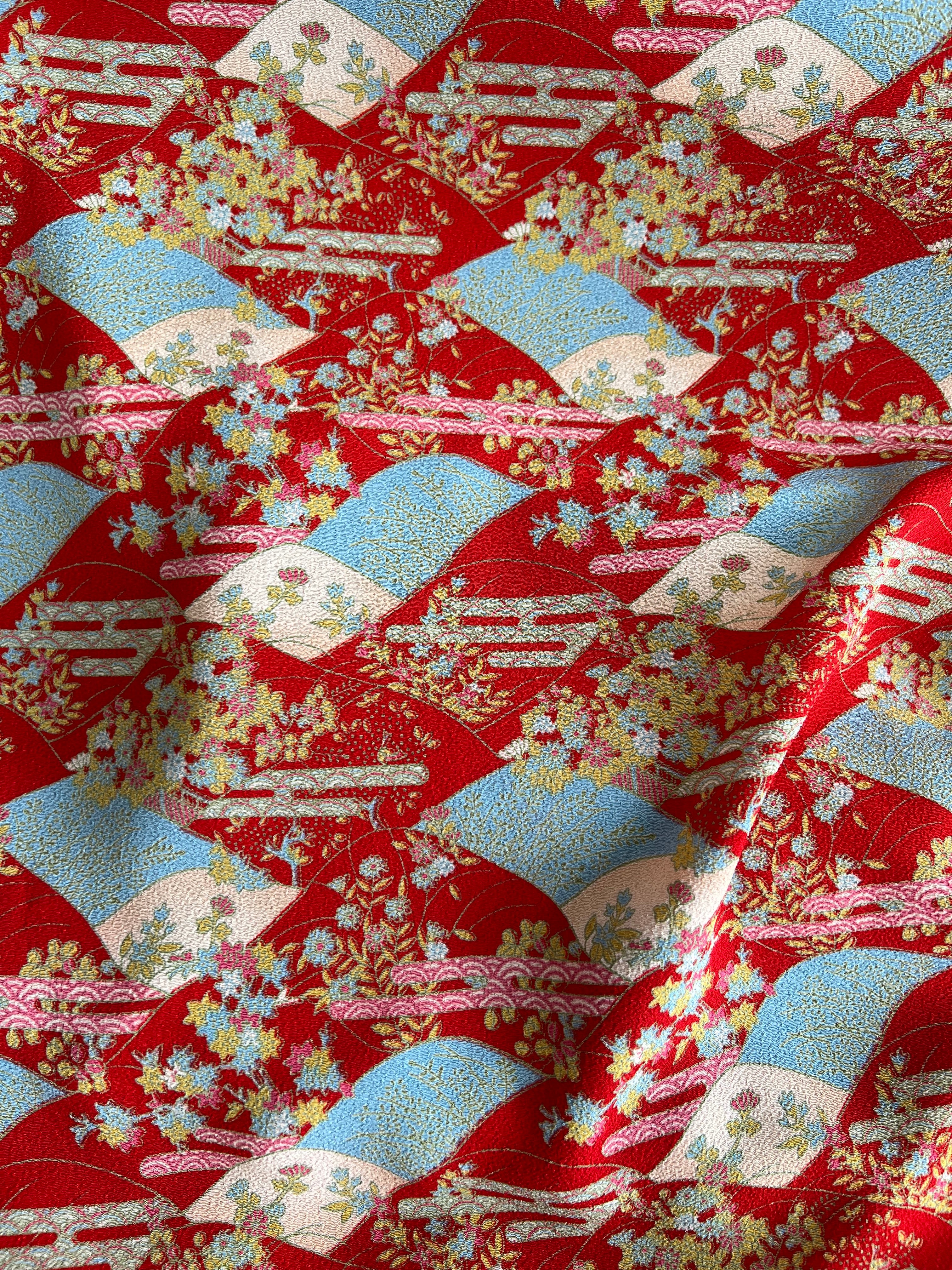
Sansuika (山水花)
„Berge, Wasser, Blumen“. Szenische Landschaftsmotive auf formellen Kimonos und Nō-Kostümen. Idealbild der Natur in Harmonie (shanshui, chin. Landschaftsmalerei). Steht für innere Ruhe, Weisheit, Ästhetik.
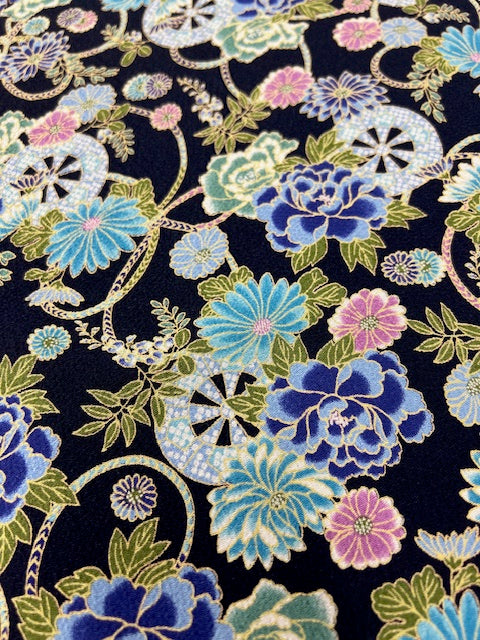
Karakusa (唐草)
The floral motifs — like chrysanthemums (kiku), peonies (botan), and plum blossoms (ume) — are part of Kacho (花鳥), meaning “flowers and birds,” a classic Japanese art motif representing natural beauty and the seasons.
The wheel-like motif you can see is a “Genji-guruma” (源氏車), or ox cart wheel, symbolizing elegance and the Heian court culture.
- Peony (Botan) — Wealth, honor, and prosperity.
- Chrysanthemum (Kiku) — Longevity and rejuvenation; the imperial flower of Japan.
- Plum Blossom (Ume) — Resilience and renewal, since it blooms in late winter.
- Genji Wheel (Genji-guruma) — Nostalgia for aristocratic refinement and elegance of ancient Kyoto.
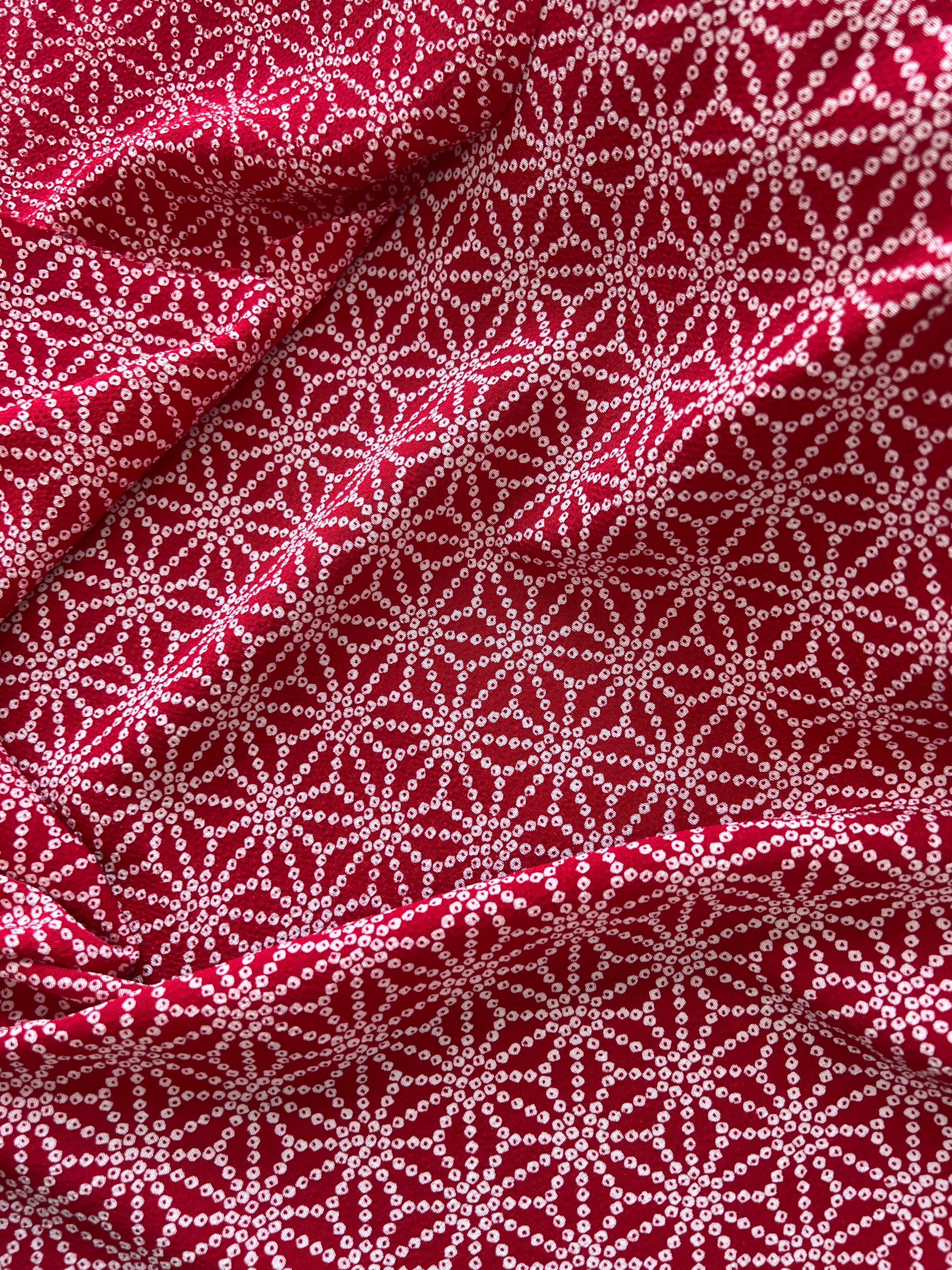
ASANOHA
The Asanoha pattern is a very popular traditional pattern from Japan. It is based on a hexagon and looks like a hemp leaf. “Asa” means hemp and “ha” means leaf. The hemp plant is a fast-growing plant that produces a tall, straight tree in just four months. It is associated with growth and children's health. It can also represent protection from harm or evil spirits. This pattern has no season and can be worn all year round.
Wachstum und Wohlstand: Die Hanfpflanze ist eine schnellwachsende Pflanze, und ihre Symbolik ist mit Wachstum und Wohlstand verbunden.
Schutz: Die Hanfpflanze ist auch eine starke Pflanze, die resistent gegen Schädlinge und Krankheiten ist. Sie wird daher als Symbol für Schutz vor Schaden gesehen.
Glück: Das Asanoha-Muster wird oft als Symbol für Glück und Wohlstand gesehen.
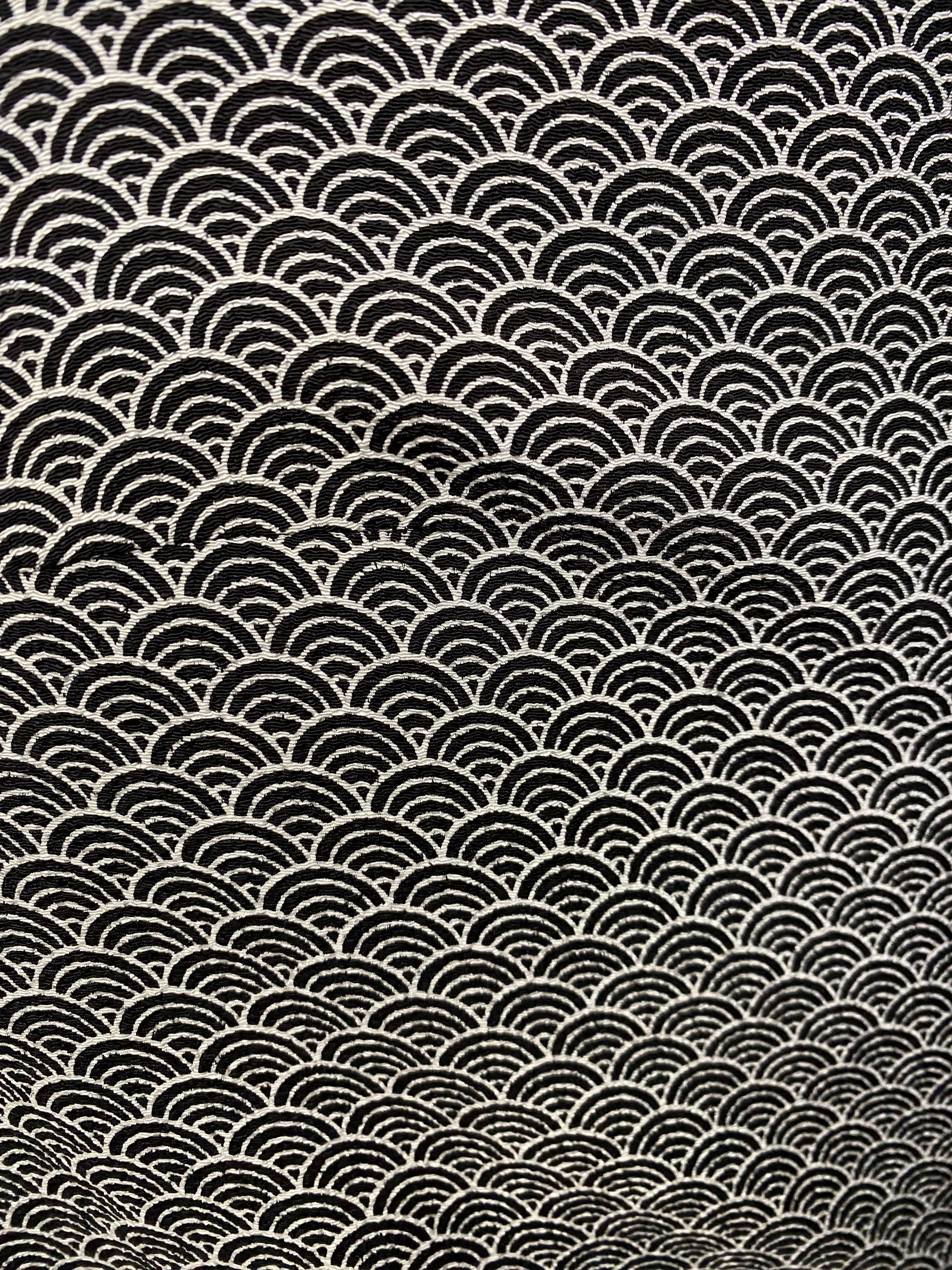
Seigaiha (青海波)
Seigaiha (青海波) means "ocean waves" and is a traditional Japanese geometric pattern of overlapping concentric circles and arcs that represent the sea's waves. The pattern symbolizes peace, tranquility, good fortune, lasting prosperity, power, and resilience. The endless, rhythmic motion of the waves evokes a wish for perpetual peace and harmony.
The symbol is associated with blessings from the sea, symbolizing surges of good luck and prosperity.
The constant, undulating motion of the waves also represents strength and resilience.
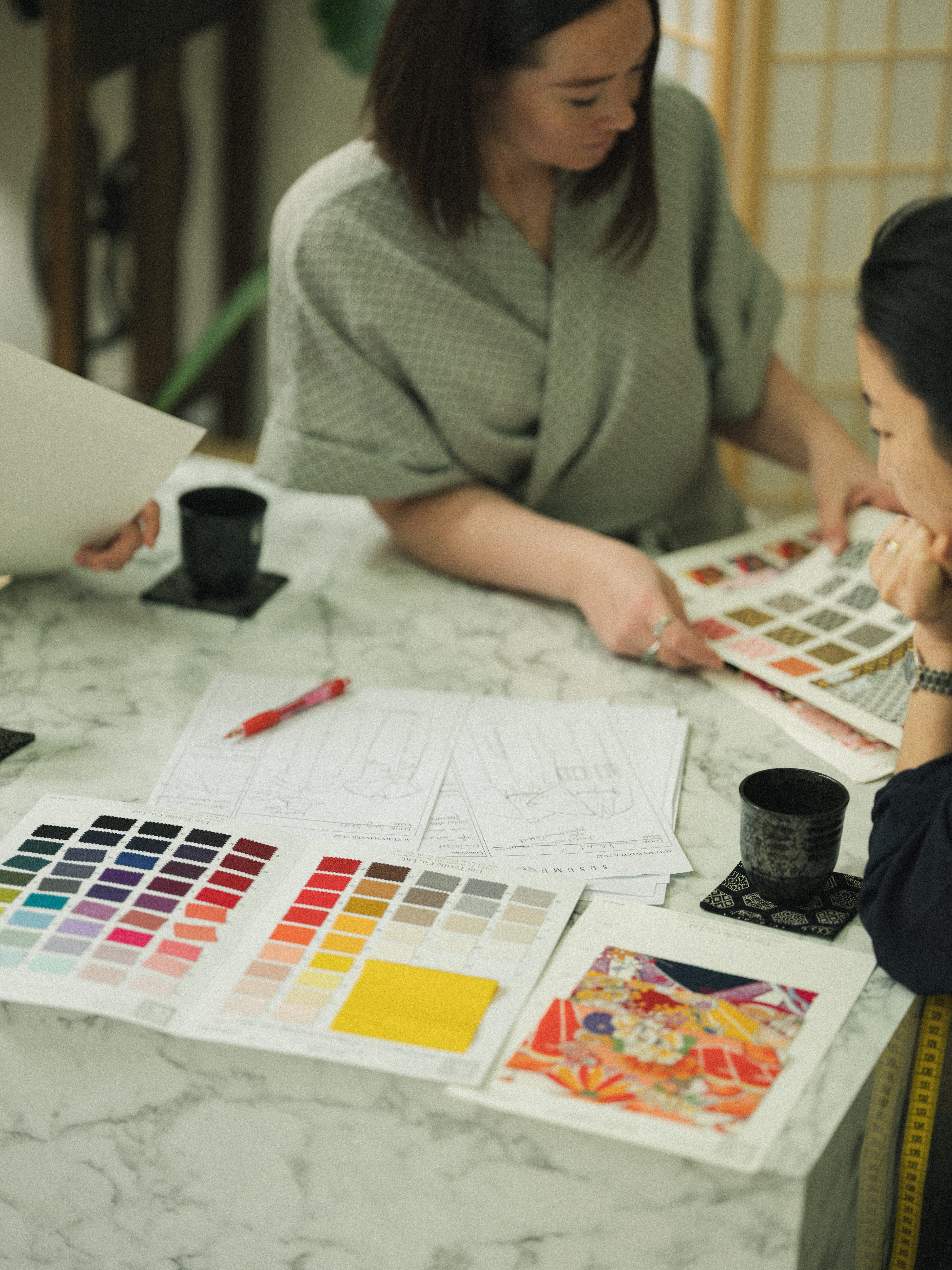
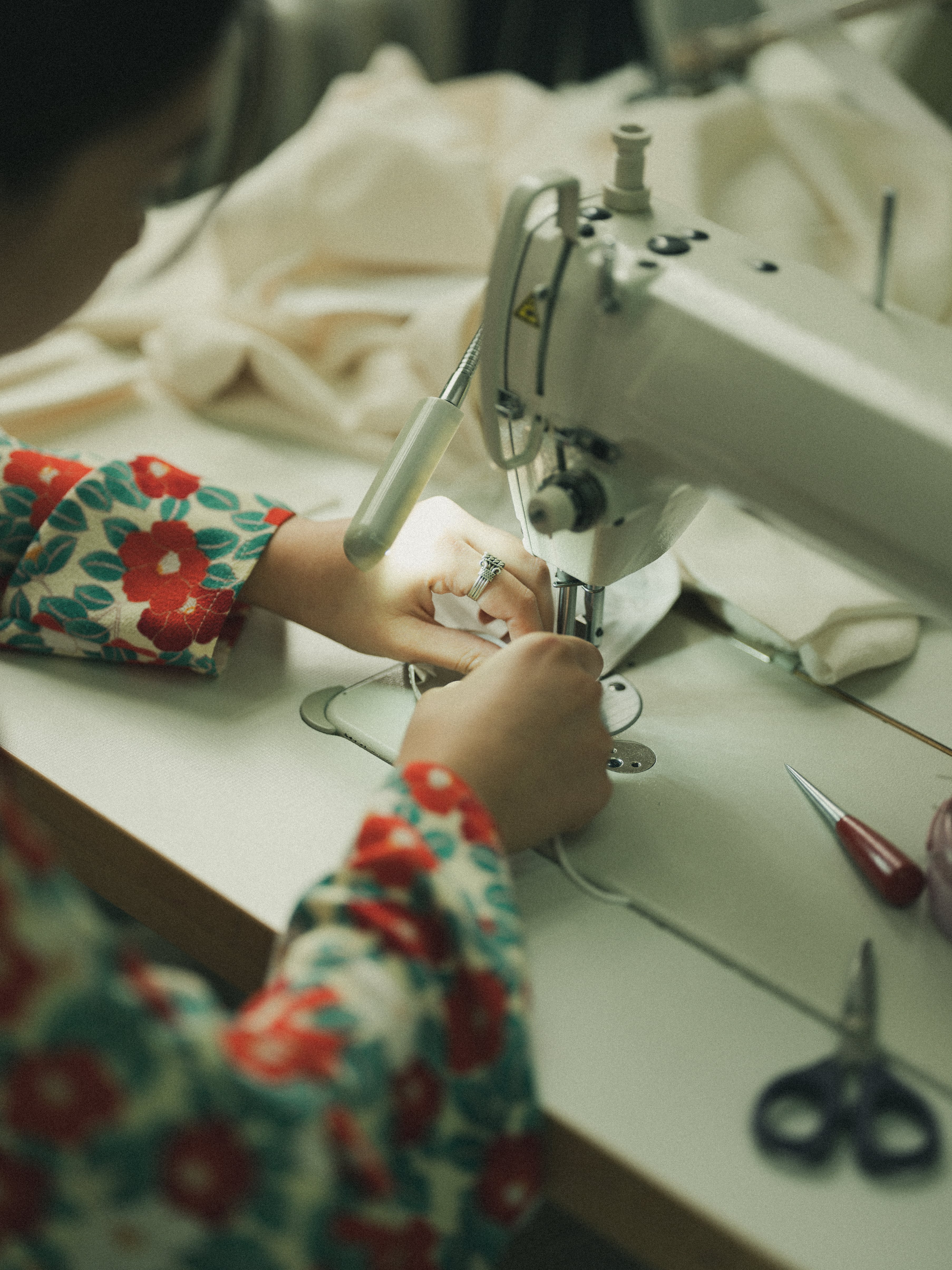
made in germany
FABRIC MADE IN JAPAN – GARMENTS MADE IN BERLIN
Each piece ispartisan crafted, uniting two worlds: Japanese textile heritage and German precision tailoring.
This fusion defines SUSUMU AI — quiet luxury, born from craftsmanship and emotion.
